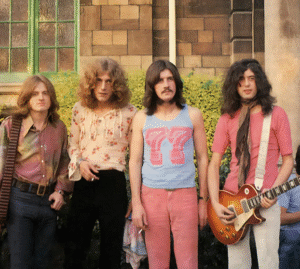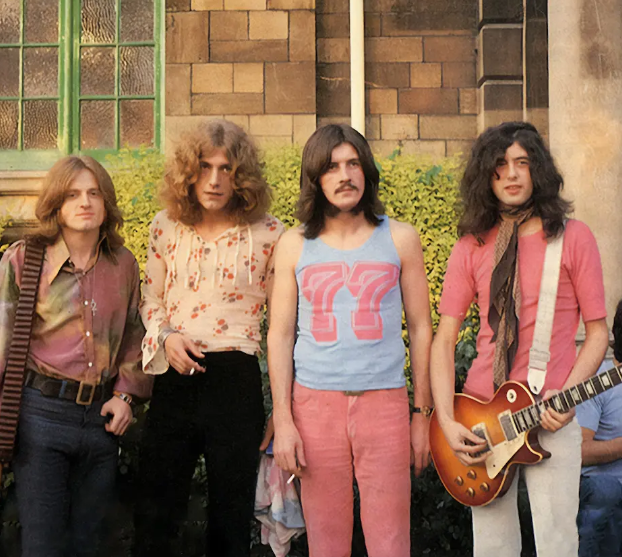Robert Plant Felt Led Zeppelin Owed So Much To This Female Blues Pioneer

Robert Plant remains deeply, passionately committed to music. As new album ‘Saving Grace’ amply demonstrates, the Led Zeppelin isn’t interested in recreating the past, he wants to move forwards. One artists permeates his career, however – the work of female blues pioneer Memphis Minnie.
It was Memphis Minnie – together with Kansas Joe McCoy – who first wrote ‘When The Levee Breaks’, a stunning insight into the societal impact of the Great Mississippi Flood of 1927. Led Zeppelin were enraptured by the song, and built it into their own show piece, an ambitious, theatrical feast of rock music that stretched the parameters of studio production.
Famously recorded at Headley Grande – with drummer John Bonham recording his much-sampled percussive onslaught in a stairwell – ‘When The Levee Breaks’ has inspired everyone from Jack White to Eminem.

But Robert Plant wasn’t done there. Later recording another version of the song alongside modern Americana great Alison Krauss, the two brought out new aspects of the material.
In a neat twist, Plant’s excellent new solo album ‘Saving Grace’ contains a further nod to Memphis Minnie’s work.
The song ‘Chevrolet’ explodes Donovan’s 1965 song ‘Hey Gyp (Dig the Slowness)’ – but few realise it was originally adapted from Memphis Minnie and Kansas Joe McCoy’s 1930 blues cut ‘Can I Do It for You?’.
The singer revealed recently during a Radio 2 interview: “We all knew Donovan’s version. I know Don pretty well, and I asked him what the title meant. I think it has to do with how slowly a cigarette burns down. They had listened to some old Alan Lomax recordings, but until two years ago, I didn’t know they had also drawn inspiration from Memphis Minnie and Kansas Joe McCoy.”
It’s part of his desire to side-step pop culture – he wants to “skip so much of the epidermis of contemporary music and find these amazing corners”.
